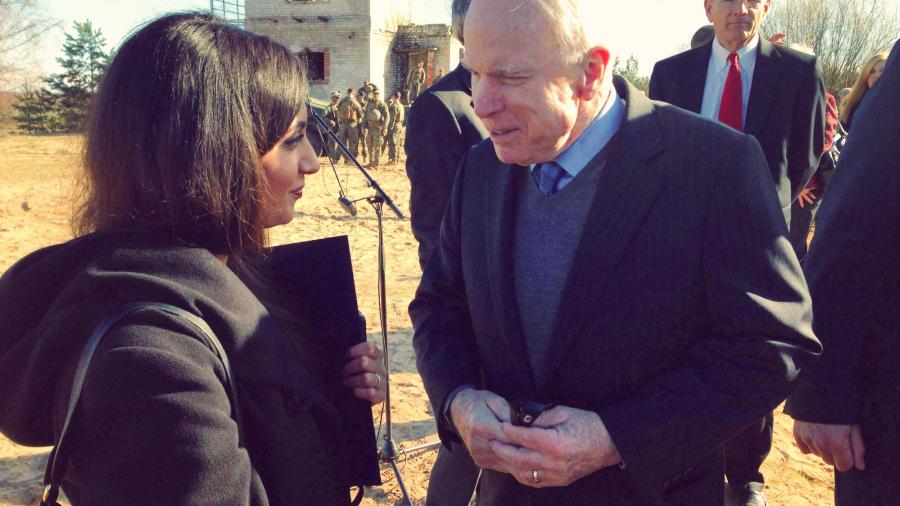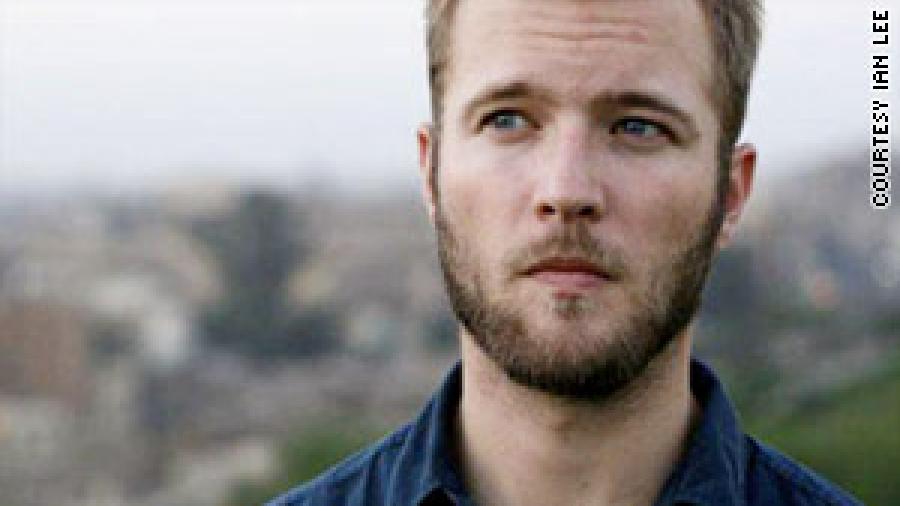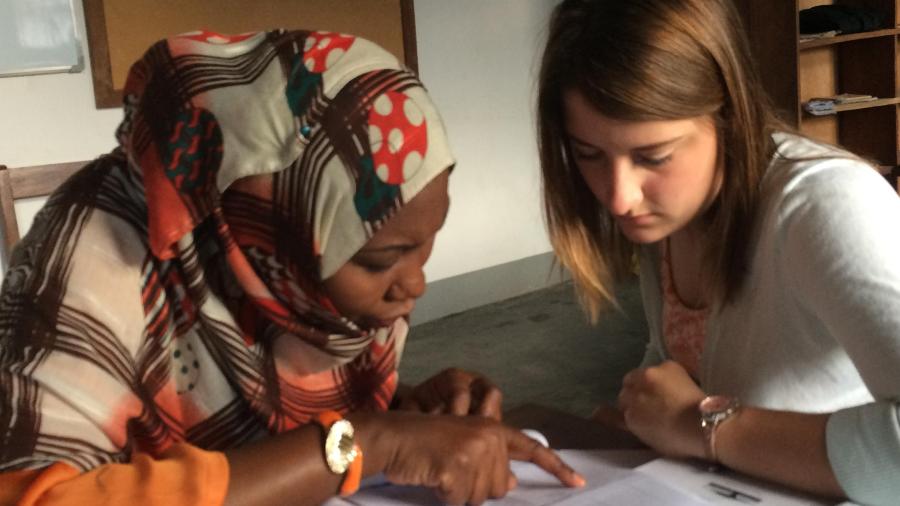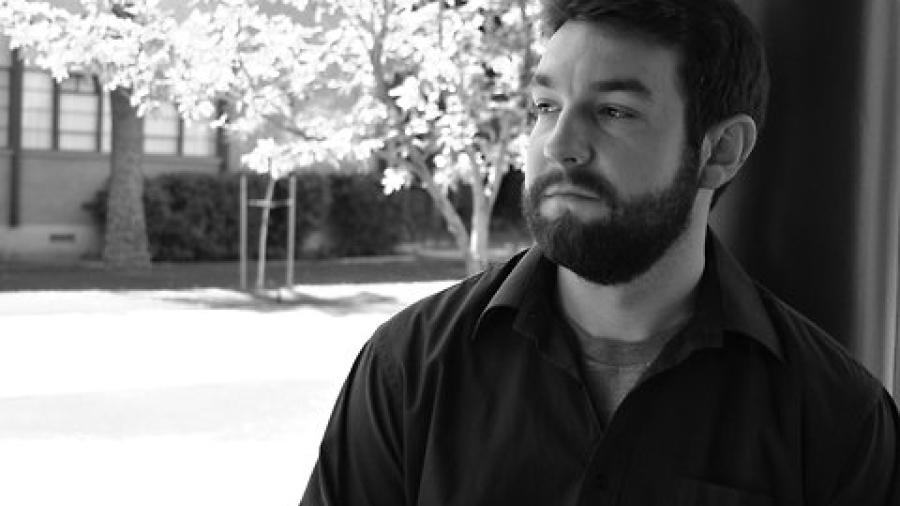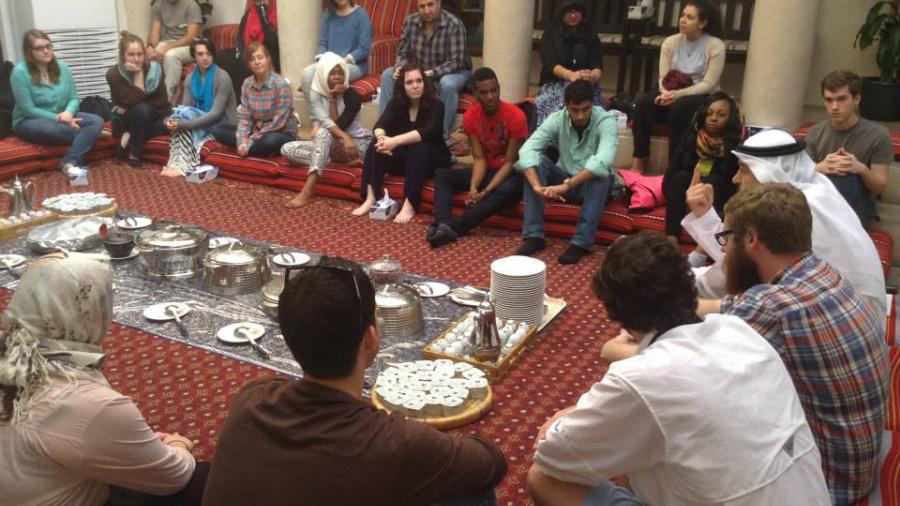Understanding Arabic and Islam have become crucial to understanding and solving global issues in all sectors of our globalizing world. Additionally, there is a great demand for proficient Arabic-speakers with significant understanding of Islam and on-the-ground experience in the Middle East and North Africa (MENA) region.
There are several opportunities and benefits for ASU students of all levels, majors, and interests to incorporate Arabic and Islamic Studies into their ASU experience, including:
- minors and certificates
- individual language and topic courses
- opportunities abroad in the Arab and Muslim world
- and more.
Browse this section to learn more about opportunities. Also, visit our Events and News page to mark your calendar for our upcoming activities that will expand your understanding of Arabic and Islamic Studies.
About Islam
Islam is the world's second largest and fastest growing religion. There are approximately 1.6 billion Muslims worldwide, making up 23% of the world's population. Muslims are the majority in 50 countries and are present in nearly every country worldwide. It is estimated that by 2050, the number of Muslims will nearly equal the number of Christians around the world.
About Arabic
Arabic is a primary language in 24 different countries in North Africa, the Arabian Peninsula, and much of the Middle East. It is spoken natively by over 300 million people worldwide. Additionally, as the liturgical language of Islam, Arabic is also the second language of millions of Muslims around the world. It is one of the six most commonly spoken languages worldwide, one of the six official languages of the United Nations, the official language of the Arab league, one of the three languages of the African Union, and is spoken worldwide as the official language by at least 22 of the United Nations countries, taking a major role in global communications and international affairs.
In addition to its role as a tool for communication, language is an ambassador of culture and a link between societies toward cross-cultural understanding. Arabic has been one of the largest stores of human cultures, science, religious studies and arts. The Arabic language has a rich artistic, intellectual, and religious history that dates back thousands of years in the Middle East and North Africa, as well as other locations worldwide. It is one of the most wide-spread languages spoken by millions of people, scientists, scholars who mostly live in the Middle East, Asia, North and east Africa, and other parts of the world.
Several Arabic dialects exist within every Arab country, making Arabic an extremely rich and diverse language.
- Quranic or Classical Arabic, used for reciting and reading the Quran but not for conversation
- formal or Modern Standard Arabic (MSA), an updated version of Classical Arabic that is taught in the schools of Arab countries and used in modern literature, news, education and as a common language for people who speak very different varieties of Arabic or by second-language speakers
- spoken or colloquial Arabic, is the everyday language spoken of which there are many dialects in each country, some of them languages in their own right
Student success stories
ASU students and graduates engage in Arabic and Islamic studies around the world.

